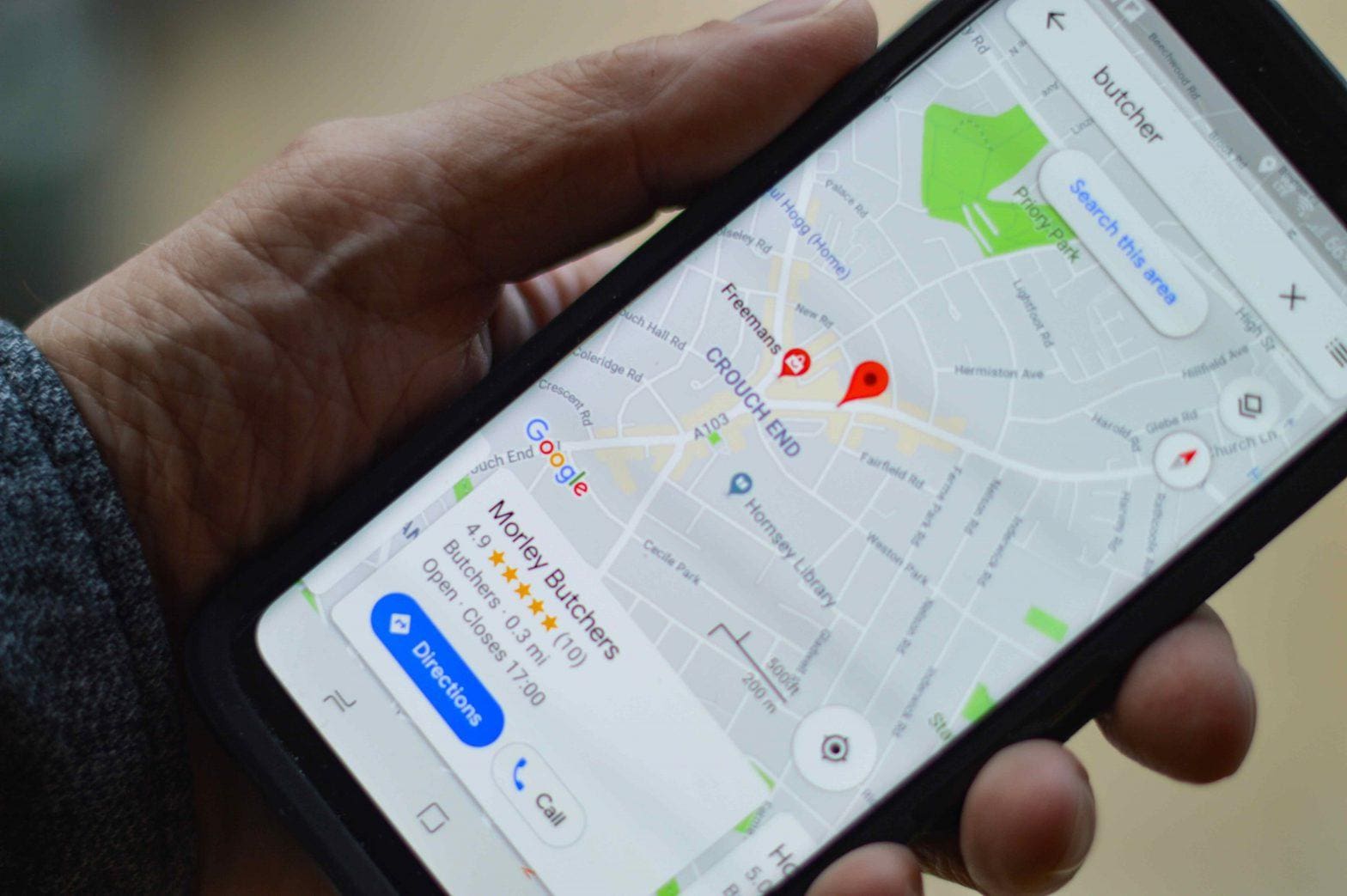In today’s marketing climate, the more precisely you can direct your marketing toward people who need and want your product, the more effective your marketing becomes. Creating messages that resonate with your target market is only half the battle, however. The other half is about getting your message in front of those people at strategic moments. This is where a strategy called location targeting comes in.
What Is Location Targeting?
Also called “geo-targeting,” location targeting is a marketing technique by which you select specific geographic locations where you want your ad to appear. You determine these locations based on your research about the habits of people within your target market and where they will be. In its simplest form, any time you choose to place your ad on a specific billboard or digital display or send mailers to a particular zip code, you are location targeting. However, in recent years, modern technologies like GPS and IP tracking have allowed marketers to become even more specific when and where they display their ads. We can detect precisely where our prospective customers are showing up in real-time. Therefore, we can display our ads at the right time, not just the right place—often right on their own devices! In these ways, location targeting has become much more sophisticated—and much more effective.
Tools and Techniques for Effective Location Targeting
What are some ways you can hyper-focus your marketing messages through locations targeting? Let’s look at some of the most current methods:
- Geofencing. With this location-based strategy, you create a virtual boundary around a geographic area you wish to target. When people within your target market enter that geographical area, your ad is served to their smartphone, taking the form of a text message, push notification, or even a social media ad.
- Look-back data. To get even more specific with location targeting, you can partner with a vendor who tracks IP data over a period of time so you can identify which people visit specific locations frequently, then target your ads to those people. For example, if you are marketing sporting goods, you can gather look-back IP data to identify “active users” of a local sports complex and then use it to send ads to them.
- Cross-channel marketing. Another use of look-back data is the ability to track users’ smartphones back to their home IP address (the IP address where users access the Internet from home). With this information, you can now send consistent brand marketing messages across every device accessing that IP address, including computers, tablets, and connected TVs, through over the top (OTT) streaming ads. In this way, you can market to an entire household within your target market.
These are just a few creative examples of how smart businesses and brands use technology for enhanced location targeting. Wicked Bionic can help you determine the best location-based strategies for getting your message in front of people who will buy from you.










